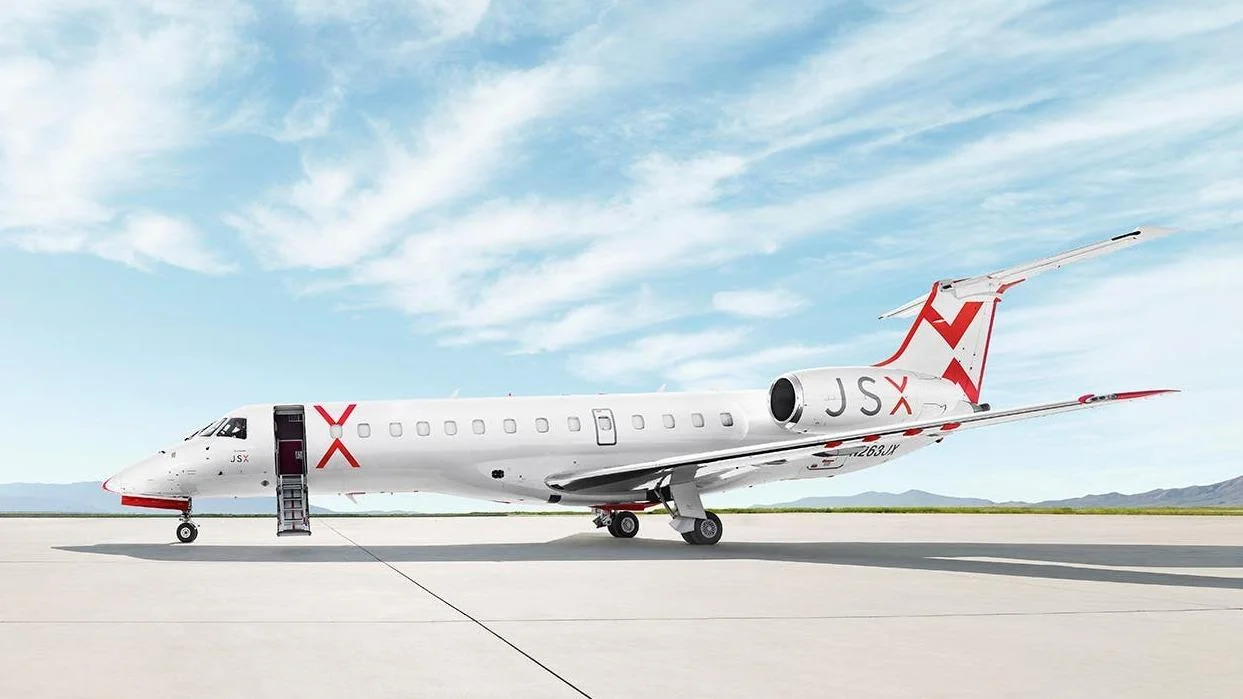"As an engineer developing new products for market, I understand that a typical, successful development project always includes the following:
1. Unrealistic demands of what the new product must be able to do.
Not in the case of G100UL. The original design criteria set out in writing to the FAA in spring 2011 were fully met and even exceeded.
2. A never-ending system of hurry up and wait.
Yes. There has been a lot of FAA-imposed 'waiting' and not much 'hurry up.'
3. Unrealistic demands that after everyone sat on their hands burning up the clock, you must now save everyone else’s bacon and get the ball across the finish line in record time.
No such urgency from the FAA has yet come to light.
4. Individuals who have no understanding of science, industry, or use case are setting project priorities.
There has been some of that from the FAA at times but mostly impediments designed by proponents to slow down or stop G100UL avgas project completely.
5. Self-interested individuals ignore realities and proclaim 'just go with my favorite answer now' because unresolved concerns fall outside their limited priorities.
A lot recently concerning coverage for rotorcraft—2% of aircraft fleet.
6. The list goes on ad nauseam—and that's when things go well."
"Things went 'well' from 2012 to 2015 then stagnated for four years before regressing for six months until July 2020 when Washington AIR-1 assigned a new team enabling project completion within 24 months."
"A government project given ten years is only four years along with two pathways: PAFI/EAGLE and STC pathway—the latter succeeding with every spark ignition engine approved for G100UL Avgas."
"The taxpayers spent nearly $250 million over 20 years on failed UL AvGas/PAFI/EAGLE programs yielding nothing tangible."
"Russ's observations align precisely with Paul Bertorelli’s from 18 months ago."
"Statements claiming drop-in replacements aren't possible contradict FAA approval defining G100UL Avgas as such."
"There are no compromises with G100UL Avgas—it enhances existing high-powered radial engines’ performance back to wartime ratings without anyone left out except major producers obstructing development."
"Contrary claims about rotary wing approvals are incorrect; Robinson Helicopter confirmed G100UL passed rigorous tests submitted to facilitate early addition to Approved Model List."
"The STC approval signifies safety equivalence or superiority over 100LL per FAA findings—not merely permission without mandate implications involving manufacturers or insurers.”
"GAMI asserts openness regarding examination contrary to assertions suggesting secrecy; Lycoming and Continental engineers verified operational parity between G100UL Avgas and 100LL through direct testing.”
"Inaccurate claims about insurers not indemnifying G100UL are refuted by distributors securing product liability insurance akin to 100LL without premium increases.”
"GAMI denies exclusivity accusations citing comprehensive specification availability online alongside distributor/OEM engagements ensuring transparency.”
Braly's detailed rebuttal invites further discourse among stakeholders regarding light aviation's future.
 Alerts Sign-up
Alerts Sign-up




































